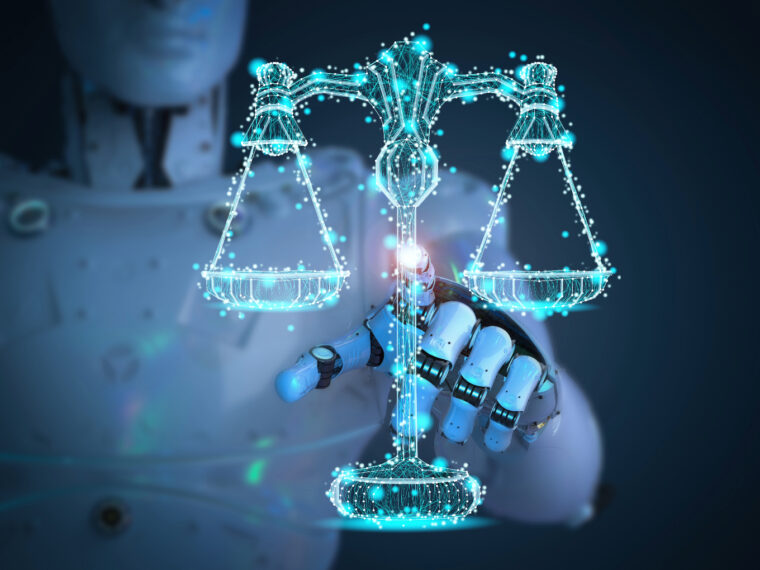AI is facing new calls for regulation now that it has emerged from the laboratory and is becoming more widely deployed across our daily lives. The public does not trust the technology. Nor should they. The problems are numerous, from understanding how the models actually work, controlling the data that feeds AI, and addressing growing distrust in those that wield this technology. Even companies themselves are unsure of how to safely and effectively use AI as part of their business.
The bulk of the discussion is currently centered on engineering. It’s understandable — artificial intelligence is a mysterious black box to many people, one assumed to be fixable only through lines of code and better data. But I want to argue that in order to truly understand and begin to master this technology, we must get better at seeing AI as a component of larger systems and design accordingly. Fundamentally, AI is not just a technology problem, it has become a design problem.
Human-centered design has a vital role across three key areas: Design thinking can help companies map their systems to understand how and where AI fits. Design is needed to devise better tools to create, monitor, and manage AI. And design must create new interfaces centered around the kind of information that AI delivers users.
Mots-clés : cybersécurité, sécurité informatique, protection des données, menaces cybernétiques, veille cyber, analyse de vulnérabilités, sécurité des réseaux, cyberattaques, conformité RGPD, NIS2, DORA, PCIDSS, DEVSECOPS, eSANTE, intelligence artificielle, IA en cybersécurité, apprentissage automatique, deep learning, algorithmes de sécurité, détection des anomalies, systèmes intelligents, automatisation de la sécurité, IA pour la prévention des cyberattaques.






